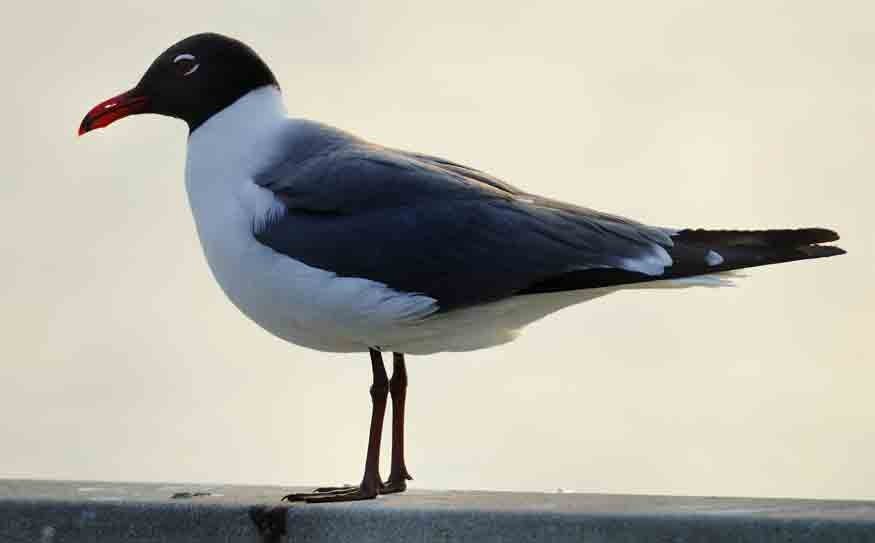One may ask what is significant about a Franklin's Gull? Well, they are much smaller than our usual landfill marauding gulls (the Glaucous-winged) and in summer have a black hood around the head. Yes, there are other hooded gull species; the most common here are the Bonaparte's gulls, which migrate through in spring and autumn and this last spring we added a Sabine's gull to our checklist.
But the Franklins are an interior species seen at Okanagan and Arrow Lakes, as well as in the Peace River country. There are also records from the Salish Sea, but Whistler's one and only previous record is way back in August 1941(!), found no less by the then youthful zoologist, Dr. Ian McTaggart-Cowan. It took another 70-plus years to find another, this time by the not-so-youthful but very sprightly, Dr. Heather Baines at the Fitz delta.
Otherwise, the summer birding season can be rated as hardly spectacular.
Bioblitz struggled to register 46 species, and missed some obvious ones, such as the town centre's ubiquitous House sparrow! Some of us were away for half the season, which hardly helped to find the difficult species but the two "Mikes" were helpful with their backyard reports — Sparks, as usual, had his backyard full of songbirds and Suggette offered several reports on nighthawks, which appear to be dwindling in their appearances about Whistler. We need more of these birds to keep the insect populations in check. With the reports from few others to help us out, the summer count ended up at 118 species seen out of 205 on our all-time list, a 57.6 per cent "recovery," which, considering the absenteeism of our birders, and the havoc generated by high water levels in July, is not too shabby.
So, what regulars went unnoticed or failed to show up? In the waterfowl group it was Wood duck and Northern shovelors. Among the raptors Northern harrier hawk and American kestrels eluded us, and there should have been Barred and Northern pygmy owls.
Of greater concern there were no reports of a troubled Horned lark; Cliff swallows, a significant insectivore, were also not seen. In the alpine, Mountain chickadees, Gray-crowned finches, Hermit thrush, American pipits, Fox sparrows, and Mountain bluebirds were overlooked — birding in that region suffered from our absences. Mysteriously, Gray catbirds, which used to nest at Alpha Lake, failed to show for a second year.
Countering the disappointments were a few good "spots:" Black tern, Marsh wren, Blackpoll warbler and Sora. While Spotted sandpipers and Killdeer cavorted freely at the Fitzsimmons delta, it appears that July's high water probably flooded their nests, as young chicks of either species were never seen.
Autumn migration season has now begun. Returning ducks are coming through, along with a few shorebirds. Hopefully, it will be a very interesting season, keeping us on our toes.




